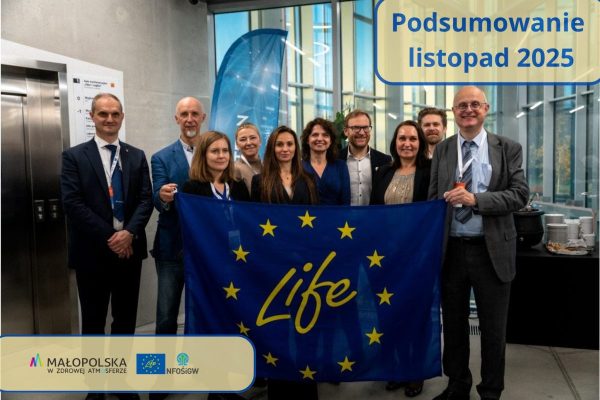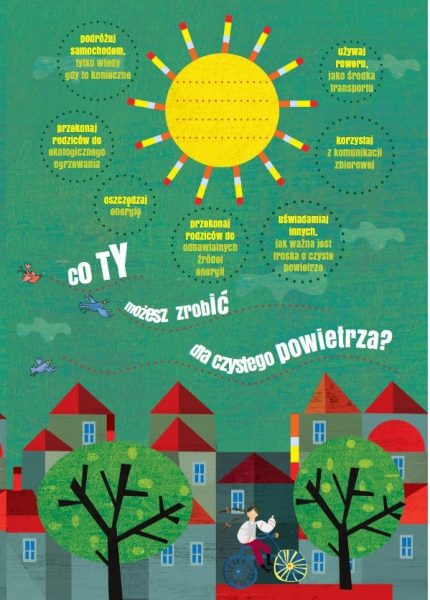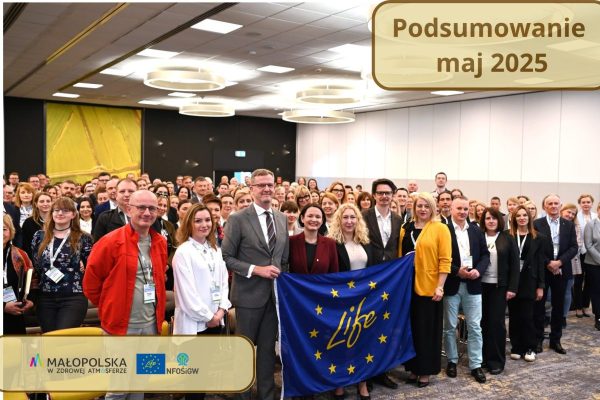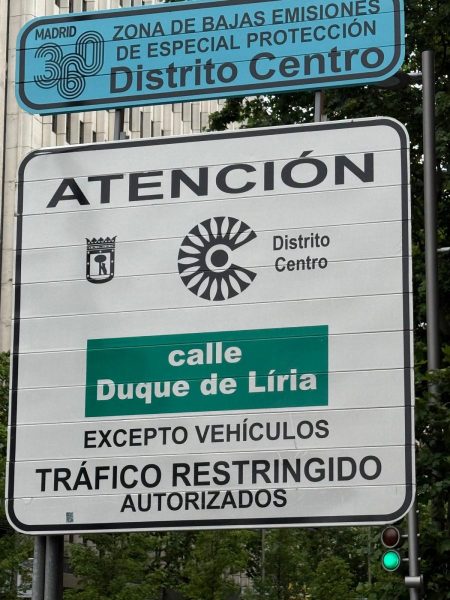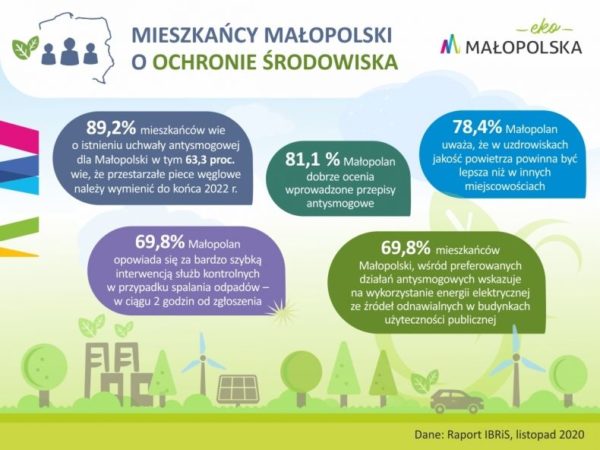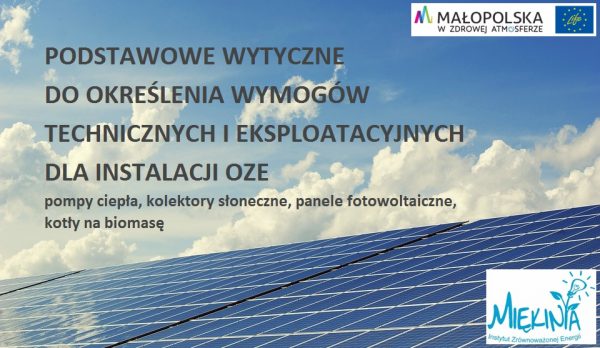Measurement results leave no illusions. Malopolska Region with increasingly clean air.
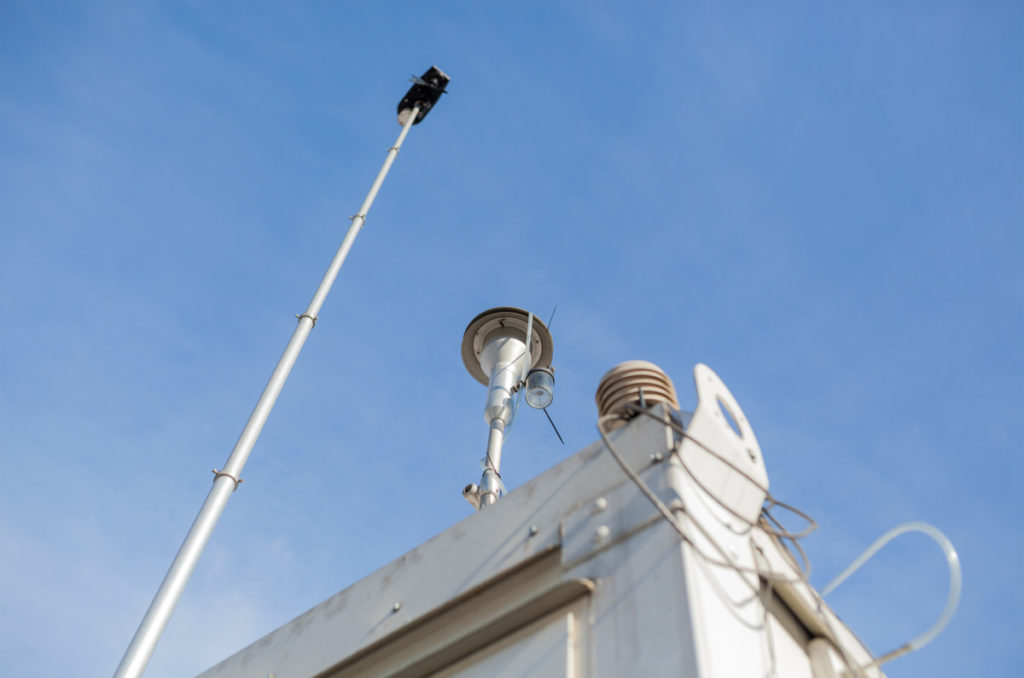
Air quality in Malopolska Region in 2023 has definitely improved. Intensive efforts, such as the implementation of anti-smog resolutions and information and education campaigns, have yielded positive results for many years. Historically low measurements of harmful substances have been recorded at some measuring stations.
Annual air quality assessment
The Chief Inspectorate for Environmental Protection publishes an annual report assessing air quality in Małopolska. The data for 2023 clearly shows a significant improvement in air quality. In 2023, there were no longer any exceedances of PM 2.5, and the other pollutant concentrations clearly decreased. PM10 dust exceedances already occurred only at stations in Nowy Targ and Sucha Beskidzka – by comparison, in previous years they occurred at most measurement stations.

Data source: Annual air quality assessment for the Małopolskie Voivodship in 2023 – Główny Inspektorat Ochrony Środowiska
Air in Krakow
Thanks to the 2019 ban on burning coal and wood in domestic hearths in Krakow, air quality has improved significantly. Over the last 12 years, the number of days with exceedances of the permissible daily level of PM10 dust has decreased significantly. At one of the main measuring stations in Kraków – at Krasińskiego Avenue, the number of days with PM10 dust exceedances has fallen by as much as 85% since 2011 – from 200 days with exceedances in 2011, to 31 days in 2023. The situation is similar at the measuring station at Bulwarowa Street and Bujaka Street.

Concentrations of NO2 (of which cars are the main emitter) at measurement stations in Krakow continue to record exceedances. It is worth noting, however, that in 2023 these concentrations have clearly fallen even below the levels of the pandemic years (2020 and 2021), when car traffic was much lower.
What is it like in other regions of Małopolska?
Other regions of the voivodship are also experiencing decreases in the number of days with exceedances. In Tarnów, Trzebinia, Gorlice, Skawina or Zakopane, the levels of days with exceedances of daily PM10 dust levels have fallen by at least 90% over the last 12 years.

Particularly noteworthy is the city of Tarnów, where no exceedances of any substance were recorded in 2023 – the first time in the history of measurements.
The improvement in air quality in Kraków and Małopolska is particularly evident during the heating season from October to March. The average concentration of PM10 dust between the 2014-2015 winter season (the period before the introduction of the anti-smog resolution for Krakow and Małopolska) and the 2023-2024 season fell by 51% in Małopolska, including as much as 57% in Krakow and 49% outside Krakow.

What for the future?
World Health Organisation (WHO) standards are stricter than Polish standards. In addition, they are likely to be tightened in the near future. Therefore, despite the apparent improvement in air quality in the region, further work is required to reduce air-polluting sources. As a reminder, selected measures are indicated below, which determine the directions of action set by the Małopolskie Voivodeship Board:
- In November 2023, the Regional Assembly of the Małopolska Voivodeship adopted an update of the Air Protection Programme for the Małopolska Voivodeship, which, among other things, sets out measures for local government units whose implementation is intended to improve air quality in the voivodeship.
- From 1 May 2024, the operation of non-class boilers is banned in Małopolska, and by the end of 2026, all class 3 and 4 boilers in Małopolska must be replaced.
- Malopolska residents who have not yet replaced their outdated heating equipment can get help from an eco-manager in their municipality – contact details for eco-managers are available here: https://powietrze.malopolska.pl/ekodoradcy/.


